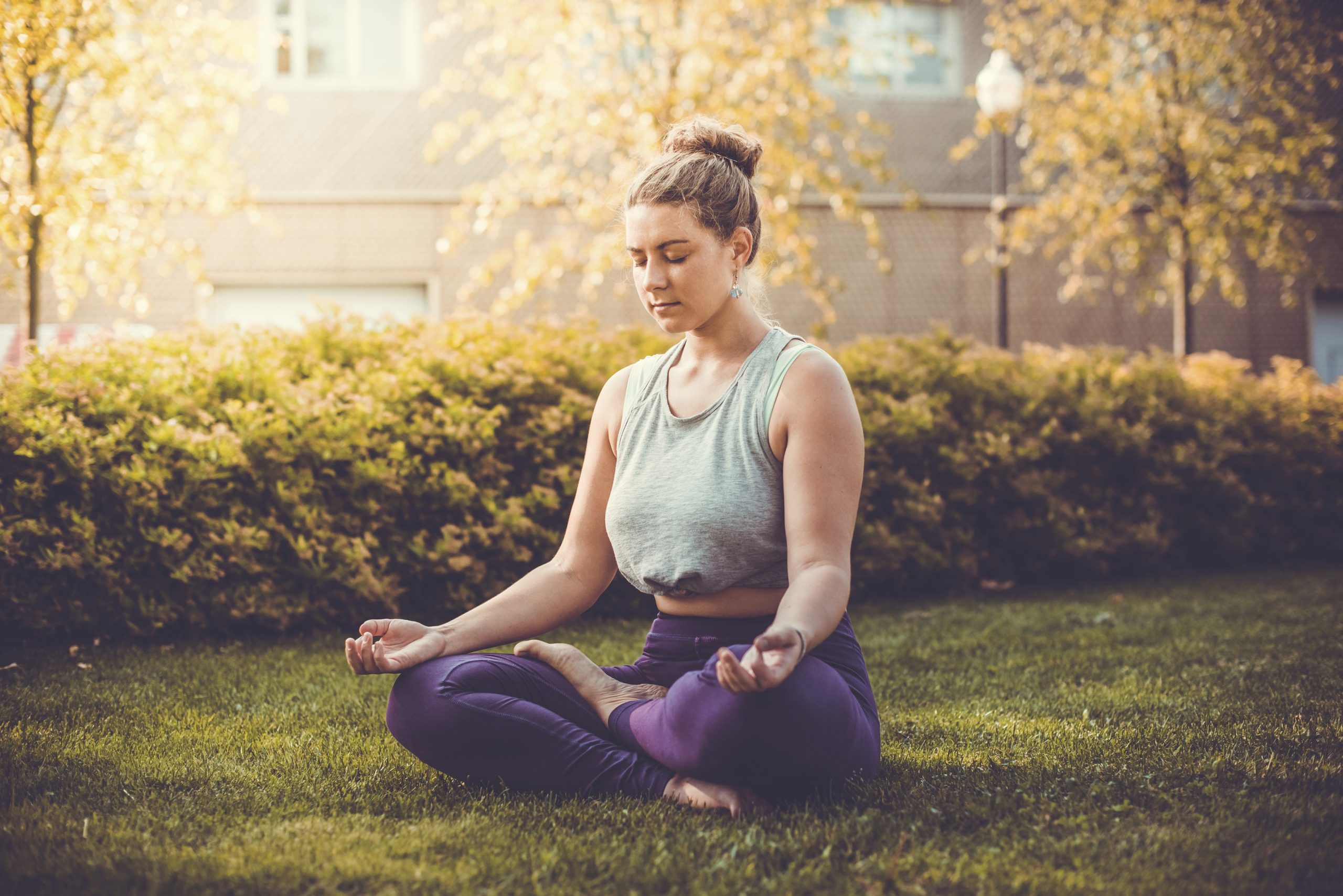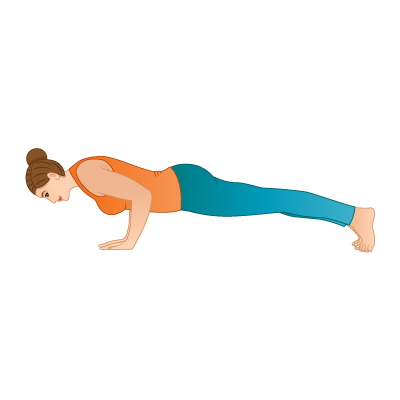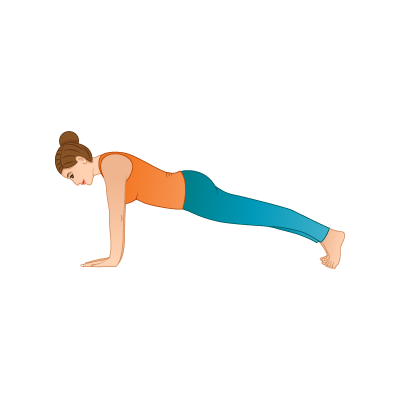Yoga and Body Image: Teaching to Empower
February 5, 2016 | 4 min read
Power of Positivity (POP) recently ran a film project on social media that featured the responses of young people to the statement, ‘You are beautiful’. Each teen, without exception, reacted with a smile. The project is notable for its message of positivity, its practices of diversity (participants represented a diverse range of racial, cultural and ethnic groups) and its purpose (to focus on the good in the world, to help people find the good in themselves and to generate more good in the world)
As yoga teachers, we encounter people from all walks of life, sexual, gender and cultural/racial identities, in much more intimate circumstances than social media. This puts us in a unique position to promote positivity and generate good thoughts in our classes and communities. Recent statistics estimate that 80% of all American women suffer from body dissatisfaction. Body dissatisfaction is a subjective and negative view of one’s body shape, size and muscular structure (Grogan 2008). Body dissatisfaction is associated with low self-esteem and body image (the view people have of their bodies) Often this is tied up with unrealistic ideals and media stereotypes. It is estimated that eighty-one percent of fourth grade girls are afraid of getting fat.
Body image advocates such as Melanie Klein and Anna Guest-Jelley believe the transformative benefits of yoga can empower, leading to improved body image. This is supported by researcher Sara Elysia Clancy at Washington State University who measured participants’ responses to body image questions before and after a ten week yoga treatment. Class themes included, Acceptance, Awareness and Spirituality, Mind- Body Connection, Body Compassion, Mindfulness of the self, and Physical and Functional Body. The results showed a significant improvement in body satisfaction.

Positive Body Image – Living a richer life by loving the body you are in.
To begin incorporating some of these techniques into your own practice, teaching and training begin with a short dharma talk on body image. Don’t be afraid to open the conversation out to students and clients with a few humorous examples such as ‘Does my butt look big in these yoga pants’ or ‘Why don’t I look like Shiva Rhea in that pose?’ Whatever your approach, carry it through the practice with affirmations, mantras and resolves such as ‘I feel alive in my body’, ‘I express myself in my body’, ‘I feel comfortable in my body’. Positive reinforcement works to generate good feelings.
The practice of diversity is another important demonstration of your values that will empower your students with confidence. Include classes for yoga with curves and impaired on your timetables. Be certain that your promotional materials, brochures, website include images of diverse body shapes, colours and sizes. Use positive praise and mindfulness throughout the practice. Remind students to humour their bodies, practicing ahimsa (non-violence) towards their own bodies as well as others. Try an inspired mantra such as ‘Yoga is for every body’s body’ and tell them they look ‘beautiful’.
Lastly, but not least, promote a mindful practice of awareness, acceptance and compassion. I once attended a class, with an instructor who spoke about the wisdom of her knees and the ‘issues in her tissue’. Yoga is a somatic therapy for healing trauma and injuries in both mind and body. Releasing tension into the lower back for example, helps to relieve anxiety and stress. Reinforce yoga breathing exercises with visualisations such as ‘inhale let and ‘exhale go’. To carry that through the practice, remind students to inhale into the muscle stretch and exhale with its release. Finish the practice with a yoga nidra relaxation sequence, checking it with the body after practice and taking notice of the positive changes taking place.
Posted in Health & Wellness, Lifestyle, Teaching Tips




